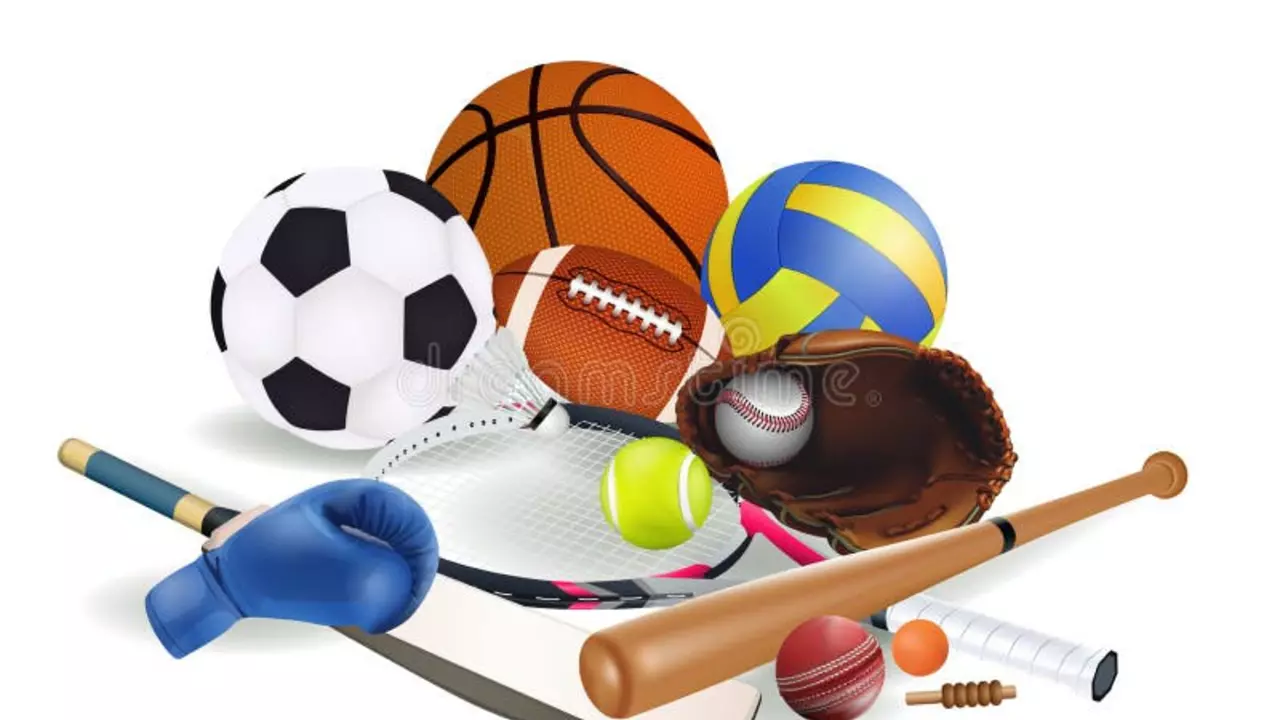Soccer Gear Essentials: What Every Player Needs
If you want to feel confident on the pitch, the right gear makes a huge difference. From the boots you lace up to the jersey you wear, each piece has a purpose. In this guide we’ll break down the must‑have items, share simple buying tips, and show how to keep everything in top shape.
Cleats and Footwear: Choosing the Right Pair
Good cleats give you traction, comfort, and protection. First, decide on the surface you play most often – firm grass, soft turf, or indoor synthetic. Firm grass cleats have longer studs for grip, while turf shoes use many small studs that spread pressure evenly. If you’re often on wet fields, look for a plate that drains water quickly. Leather (like kangaroo leather) offers a snug fit but can get heavy when it’s raining; synthetic uppers stay lighter and dry faster. Make sure the fit is snug but not cramped – you should be able to wiggle your toes a little.
Another tip: try the cleats with your own soccer socks. Thick socks can change the feel inside the boot. When you try them on, press the foot down hard to feel how the sole reacts. If the shoe feels stiff, break it in with short practice sessions before a match.
Jerseys, Shorts & Accessories: Comfort Meets Style
A good jersey does more than show your team colors. Modern replica kits use moisture‑wicking fabric that pulls sweat away from the skin, keeping you cool. Look for flat seams – they reduce chafing during sprints. For shorts, the same moisture‑wicking tech applies, and an elastic waistband with a drawstring offers a secure fit.
Don’t forget the little extras that improve performance. Shin guards are mandatory in most leagues; pick a model that covers the entire shin without sliding. Compression socks can help with muscle recovery after a game. A decent pair of gloves is essential for goalkeepers, but even outfield players benefit from grip‑enhancing gloves when the ball is wet.
When buying gear, keep an eye on price vs. quality. Budget options can be tempting, but cheap materials often wear out quickly, costing more in the long run. Look for sales on reputable brands like Adidas, Nike, or Puma – they frequently discount last season’s designs without sacrificing durability.
Maintenance is simple but often ignored. After each game, rinse cleats with a damp cloth to remove mud, then let them air‑dry away from direct heat. Apply a waterproof spray if you play in rainy conditions. Jerseys and shorts should be washed inside‑out on a gentle cycle; avoid fabric softeners as they can affect wicking ability. Store shin guards and other accessories in a dry bag to prevent odor build‑up.
With the right soccer gear, you’ll move faster, feel more comfortable, and stay focused on the game. Use this guide as a checklist before you head to the store or click “add to cart”. Whether you’re a weekend hobbyist or an aspiring pro, the right equipment is the foundation of better play.
